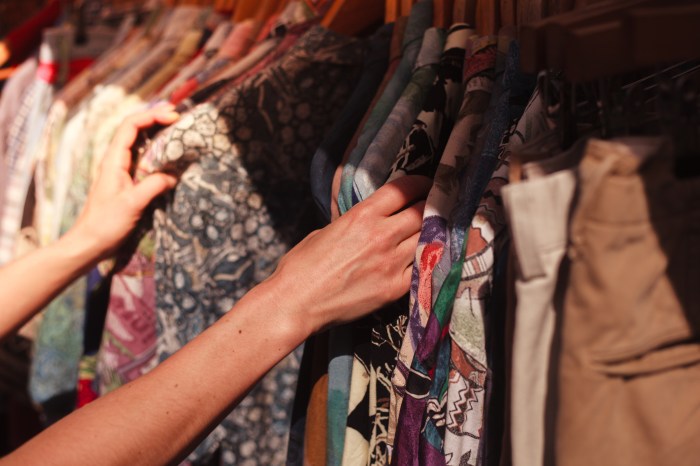By Matthew Monks
A densely Greek melting pot in 1989, it has grown into a melting cauldron with a steady influx of South American, Middle Eastern and Asian Immigrants.
Meanwhile, property values have soared, with apartment rates jumping as much as 40 percent.
In recent years the traditionally working-class neighborhood has become a hot place for young professionals commuting to Manhattan, a short ride away on the N, R or W trains. And developers have descended on the neighborhood to meet the demand for housing.
“You see construction everywhere compared to 15 years ago,” said Community Board 1 Chairman George Delis, who has lived Astoria since the 1960s.
In some developments – such as the conversion of the Eagle Electric Co. building – the neighborhood's history and future converge.
The complex near Astoria Park along the East River served as a company facility for more than 70 years. Now it is being renovated into a 181-unit apartment building.
While the neighborhood continues to undergo immense change, most of its roughly 35,000 residents would surely agree on one thing: It's still a great place to live.
“I don't think Astoria is a dangerous neighborhood. Everyone knows each other. If not by name, it's by face,” said Nicole Albino, one-half of the pop duo Nina Sky who grew up in Marine Terrace with her twin sister, Natalie.
Sure, a one-bedroom apartment that local broker Aly Lizardo said went for $750 a month in 1990 costs about $1,200 now. But that's the price of living in such a convenient, engaging neighborhood, residents say.
“It's become a lot more expensive,” Delis said. “A lot more expensive and a lot more interesting.”
Take Steinway Street. Once a row of mom-and-pop shops and Italian cafés, the stretch west of Astoria Boulevard has mutated into a strip of Middle Eastern hookah shops and big-name chain stores, where East literally meets West.
And when he became the pastor of Trinity Lutheran Church five years ago, Lawrence Recla said most of his parishioners were Asian and southern European.
Today he hears church attendees recite the Lord's Prayer in nearly a dozen languages, including German, Spanish, Japanese, Chinese, Hungarian, Greek, Arabic, Hebrew and Japanese, he said.
“New York is a city of the world,” Recla said. “I love it.”
Reach reporter Matthew Monks by e-mail at news@timesledger.com or call 718-229-0300, Ext. 156.

































